Panellists shared why and how public-private sectors can come together, whether locally or across borders, to address the challenges and opportunities in forging a resilient and sustainable energy future together. Ho Wai Ying reports.
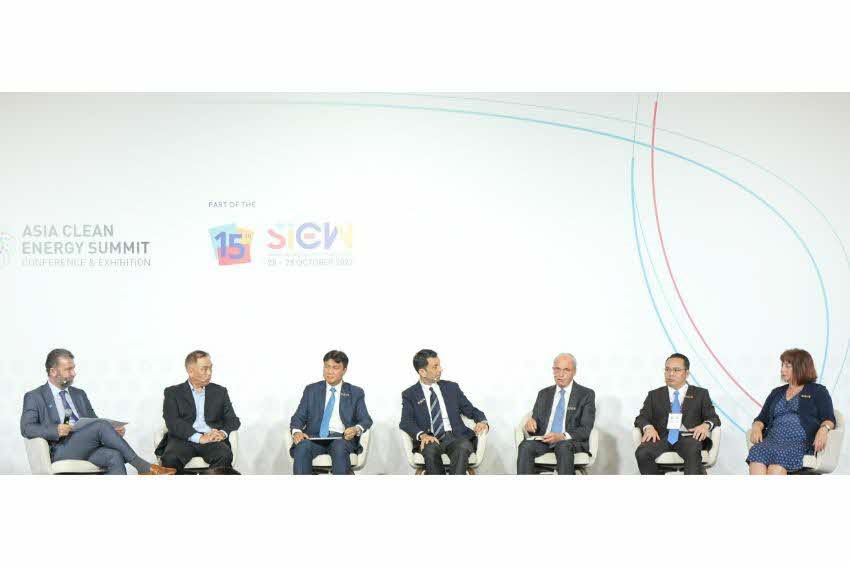
Answers to Asia's energy security and climate change challenges lie in having multi-stakeholder dialogues as well as international and regional collaboration. This has been the key message sweeping across this week's SIEW 2022. It was also the topic of discussion at the Singapore-IRENA High-Level Forum session 1 taking place on 26 October.
There was consensus among panellists at the forum on “Scaling Decarbonisation Technologies” that strong partnership between the private and public sectors, alongside multilateral collaborations, are crucial factors. This will be vital to scaling up the investment and development of green technologies for countries and regions to achieve their respective net zero targets.
Rida Mulyana, Secretary General, Ministry of Energy and Mineral Resources, Indonesia, and H.E. Eng Ahmed Mohammed Al Rumaithi, Undersecretary for Abu Dhabi Department of Energy, United Arab Emirates (UAE), both presented the Keynote.
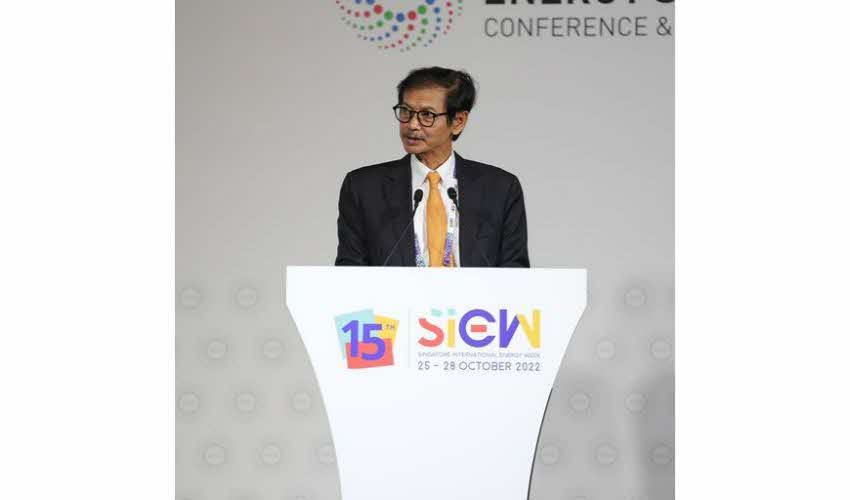
Infrastructure integral to interconnectivity
“Infrastructure is very important to connect the centre of energy production to the centre of high energy consumption, particularly for Indonesia,” Mr Mulyana said. He shared that Indonesia is developing more than 700 GW of renewable energy projects as part of its net zero ambition by 2060. The country is planning to build a super grid to connect its five main islands, with the potential to export electricity to other ASEAN countries.
Mr Mulyana also spoke about the need for the development of micro-grids to provide affordable and clean energy for remote areas in Indonesia. In addition, advanced financing is required—both from Government and private stakeholders—to facilitate clean technology deployment, he added.
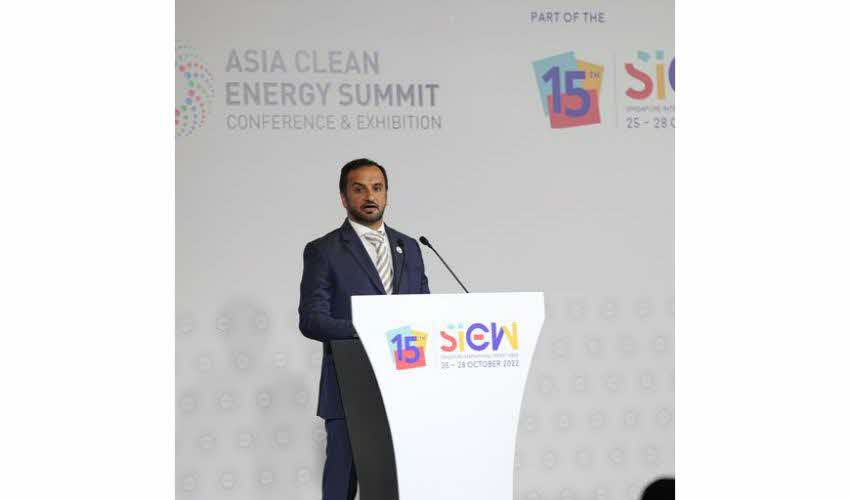
UAE a first-mover in clean energy projects
H.E. Al Rumaithi shared that the UAE has been a pioneer and leader in driving clean energy developments. He elaborated that there will be a total of 5,600 megawatt (MW) of nuclear power capacity by 2023, after the commissioning of the fourth nuclear power plant next year. Furthermore, the largest solar photovoltaic (PV) plant in Abu Dhabi, with a capacity of 1,200 MW, is already in its fourth year of operation.
Given the recent spotlight on hydrogen, H.E. Al Rumaithi highlighted the recent launch of the UAE Hydrogen Leadership Roadmap and the announcement by the Abu Dhabi National Oil Company (ADNOC) on the export of hydrogen to Germany. He said he is confident that UAE is well-positioned to be a global hydrogen producer.
“It is possible (for the world) to make the shift towards a low carbon future with new technologies, innovation, clean energy policy regulation and investment in infrastructure,” he said.
On this note, H.E. Al Rumaithi said he remains optimistic about the future and about UAE’s role in a more sustainable world. He estimated that the total combined clean energy production capacity of the UAE will amount to more than 11 gigawatt (GW) by 2030.
He ended his keynote with a mention that UAE will be hosting COP28. He emphasised that collaboration will be vital between different sectors to deploy practical solutions, so as to accelerate the climate agenda.
Need for smart, intelligent grid technology
The panel discussion was like-minded in agreeing that for decarbonisation technologies, such as green hydrogen, to be meaningfully deployed, there are significant challenges that the international community must work together to overcome. The session was moderated by Gurbuz Gonul, Director of Country Engagement and Partnership, International Renewable Energy Agency (IRENA).
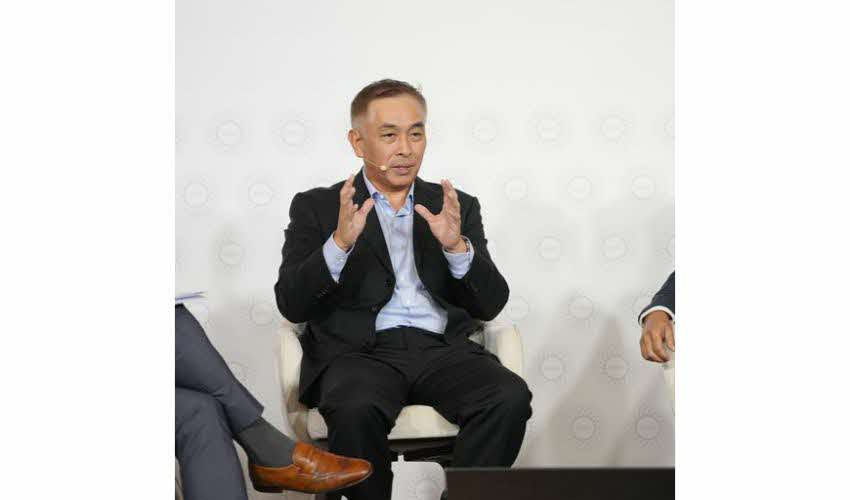
“While in the past, we used to have only one big energy source, we see more and more decentralised energy schemes,” said Mr Yoon Young Kim, President, Malaysia and Brunei, Schneider Electric.
Noting that both clean energy technology and the associated economic model for clean energy projects are well established, he spoke about the need for accelerated development of smart and intelligent grid technology. This, he said, is to integrate various sources of renewable energy as more are added to the energy mix in the green transition.
Mr Yoon cited Singapore’s intelligent Pulau Ubin Micro-grid Test-bed, which integrates solar energy for the residents and businesses' use, as an example of how grid technology can enable decarbonisation.
On technological partnerships, Mr Yoon shared that he is working with Enterprise Singapore to facilitate the adoption of new technologies among small and medium-sized enterprises.
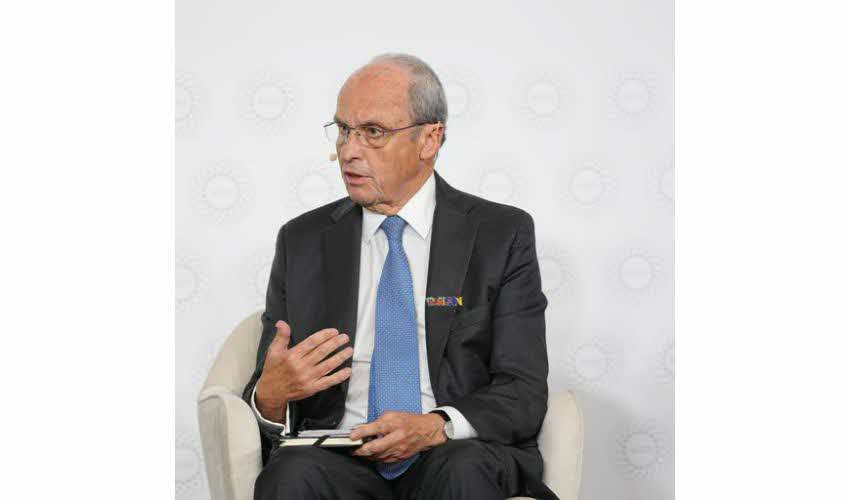
Potential of nuclear fusion
With regard to new technology, Mr David Gray, Non-Executive Director, Tokamak Energy, is looking forward to the scaling up of nuclear fusion power plants and for nuclear fusion to contribute as a baseload clean energy power. He is of the view that instead of fuel imports, nuclear fusion could offer the means for domestic self-generation, and hence, better energy security.
Role of Lao PDR, Sarawak, US in energy transition
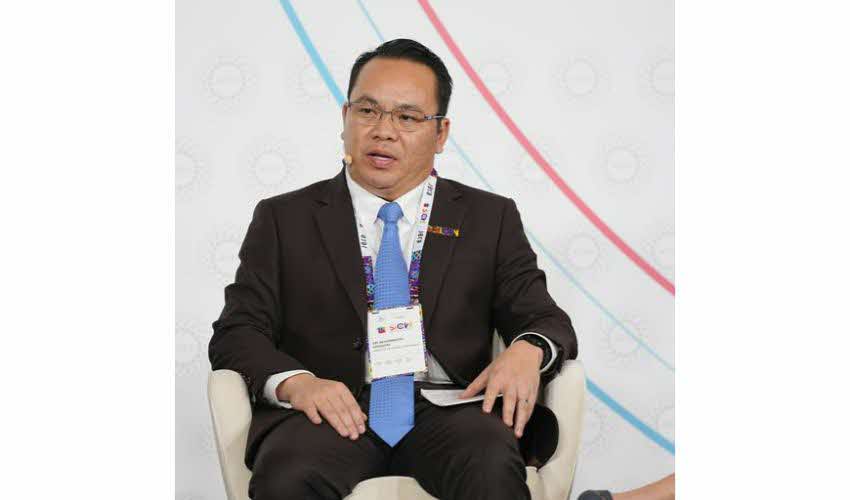
When asked about Lao PDR’s clean energy initiatives, Dr Akhomdeth Vongsay, Director General for Lao PDR’s Department of Planning and Cooperation, Ministry of Energy and Mines, shared the Republic’s energy vision for 2030. The country aims to shift from 3.5% renewables to 11% contribution to the fuel mix. Currently, this includes 75% hydropower and 14% geothermal power.
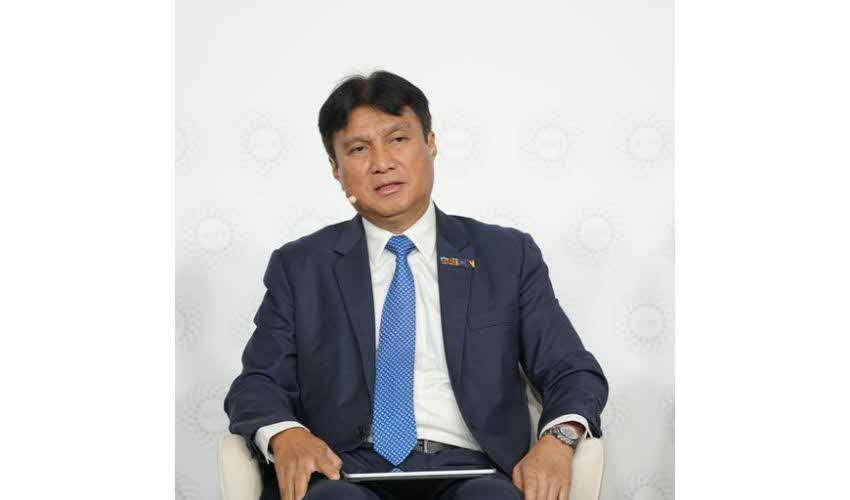
“Sarawak has a lot of potential to advance the energy transition,” said Datu Haji Sharbini Suhaili, Group Chief Executive Officer for Sarawak Energy. Noting the availability of 8 GW of hydropower in Sarawak, Datu Suhaili is of the view that hydropower is a promising solution for mitigating solar and wind power's intermittency. He further shared that Sarawak is developing a combined floating solar PV system and hydropower project at Bakun Reservoir.
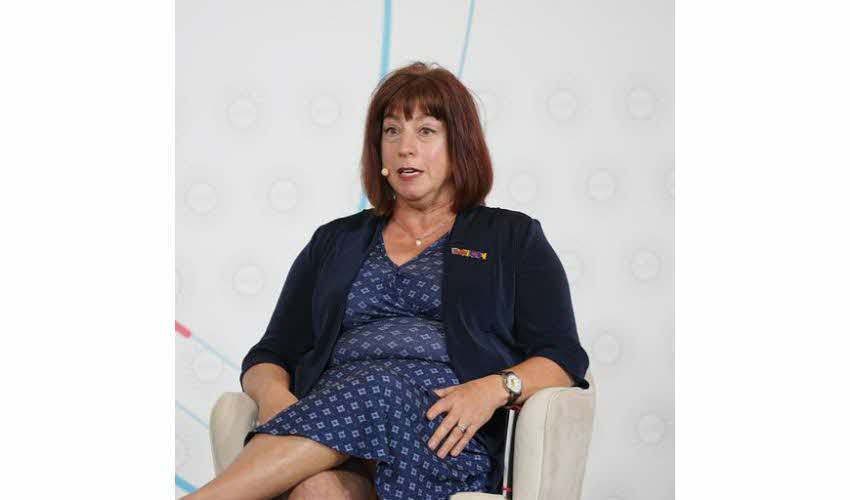
Referring to the similarities between the US and ASEAN in terms of the variety of geographical landscapes in both regions, moderator Mr Gonul asked Elizabeth Urbanas, Deputy Assistant Secretary of International Affairs, Department of Energy, United States, about the US' clean energy plans in the region.
Ms Urbanas shared that the US has been active in the analysis and testing of various technologies, including carbon capture utilisation and storage, direct carbon dioxide capture from air and civilian nuclear energy, among many others, in their national laboratories. This would not be just for domestic deployment, but also for deployment in Asia.
“Working together will make more progress than working alone”, she said, acknowledging the importance of knowledge sharing when it comes to solving the world’s climate issues.
Interconnectivity key to decarbonisation in the region
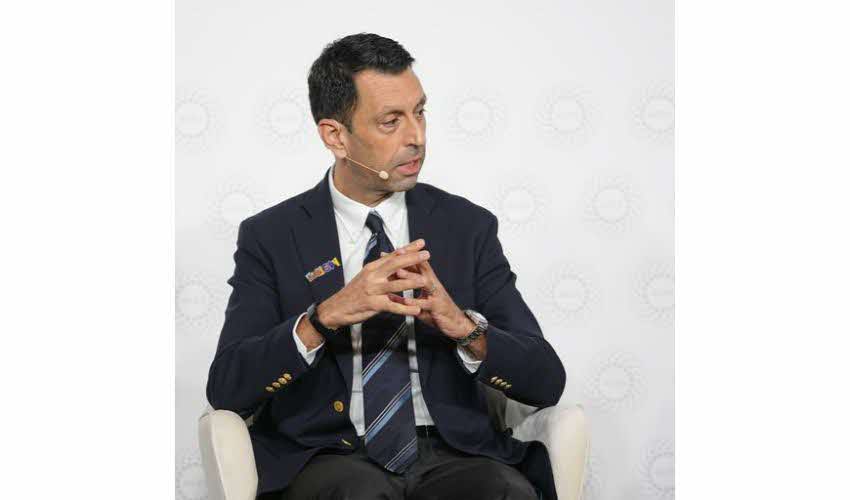
Keveh Zahedi, Deputy Executive Secretary, United Nations Economic and Social Commission for Asia and the Pacific (UNESCAP), felt that interconnectivity is central to the energy transition in the region. “There is a need to share resources across borders, and interconnectivity is a vital path for Asia and the Pacific.”
On this note, Mr Gray concurred that interconnectivity is crucial. He cited hydrogen as a means to enable interconnection by allowing renewable energy to be transported from diverse locations. Mr Gray also spoke of the need for government intervention by means of targeted support. This would help establish the supply chain and infrastructure development for clean hydrogen.
The Lao-PDR-Thailand-Malaysia-Singapore Power Integration Project (LTMS-PIP) was mentioned as a demonstration of interconnectivity in the region. To this, Dr Vonsay shared that political alignment is key for successful implementation of the project.
Stepping up investments in clean energy
The panel concluded with all panellists agreeing that there is a need to increase investments in clean energy if we are to accelerate the energy transition towards a decarbonised future.
Ms Urbanas cited the US Inflation Reduction Act (IRA) Bill as an example of government intervention via the provision of tax incentives to spur development and commercialisation of new technologies.
All agreed that there is a strong urgency to collaborate to advance the climate agenda and create a more resilient energy future for all.
Hong Kong's climate action plan
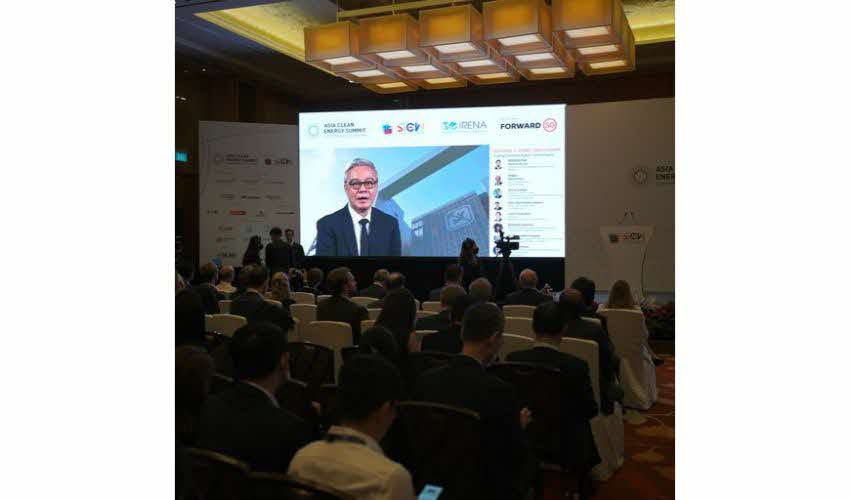
Speaking via a video broadcast, Raymond Poon, Deputy Director, Electrical Mechanical and Mechanical Services Department of Hong Kong SAR, shared Hong Kong’s climate action plan for 2050. The plan focuses on four major areas: Net zero electricity generation, energy savings and green buildings, green transport, and waste reduction.
Similar to the panellists, Mr Poon highlighted the importance of government support and public-private sector collaboration in scaling up clean energy investment. He shared that Hong Kong’s green financing reached around US$31.3 billion in 2021 to support projects that align with the country's goals for carbon neutrality.
Follow us on Twitter (@SIEW_sg) to get the latest #SIEW2022 updates throughout the day!